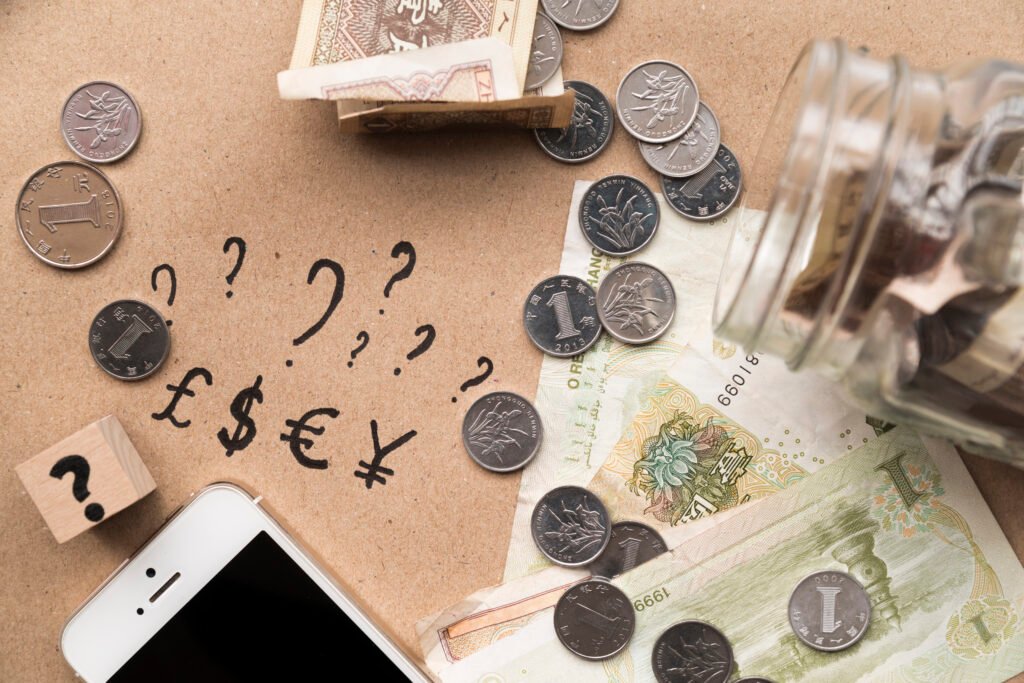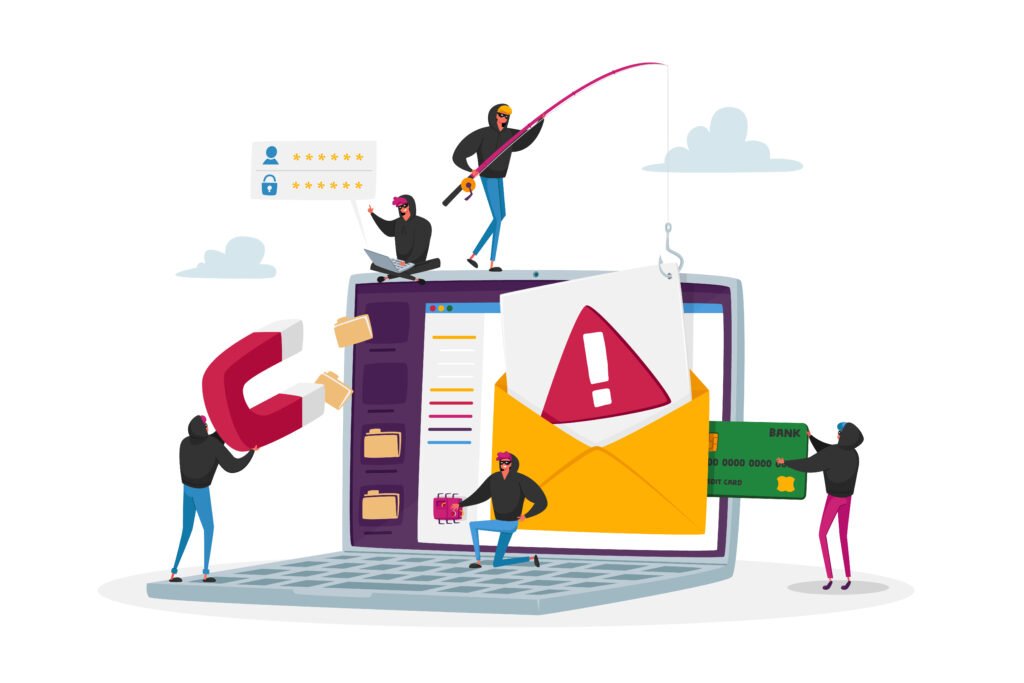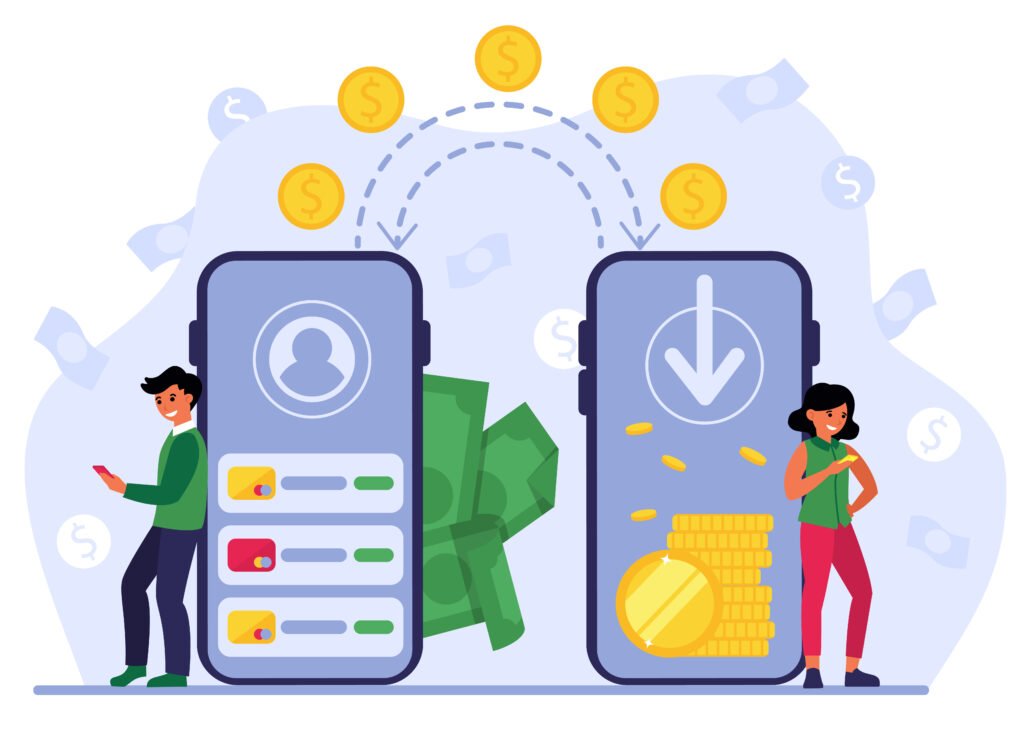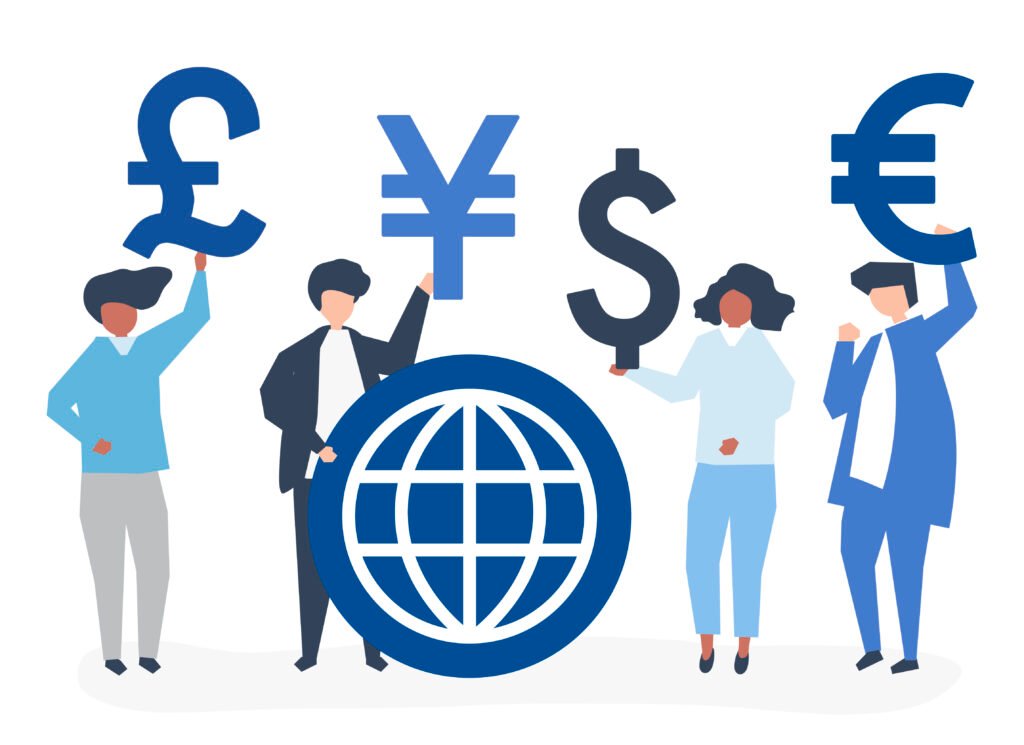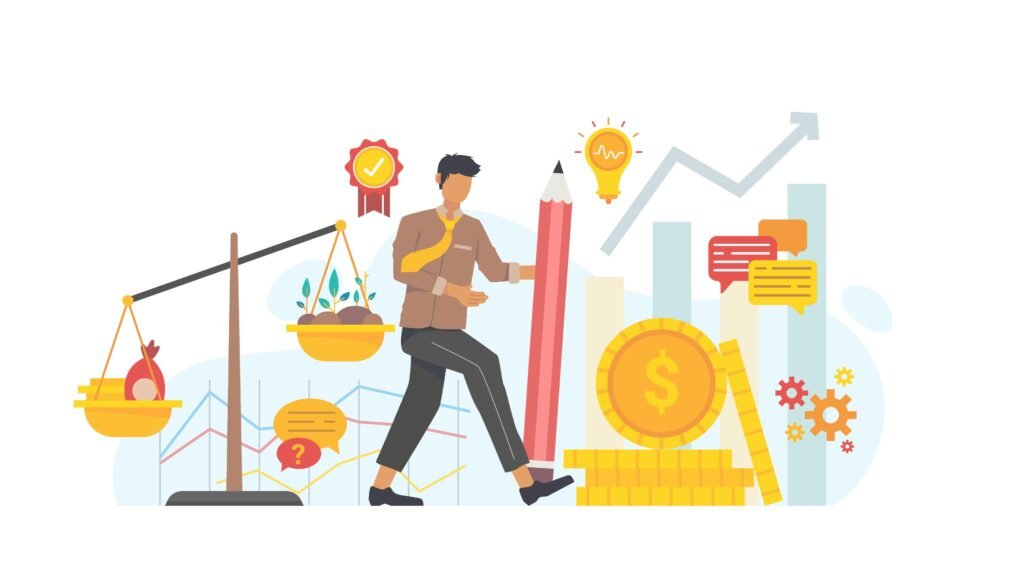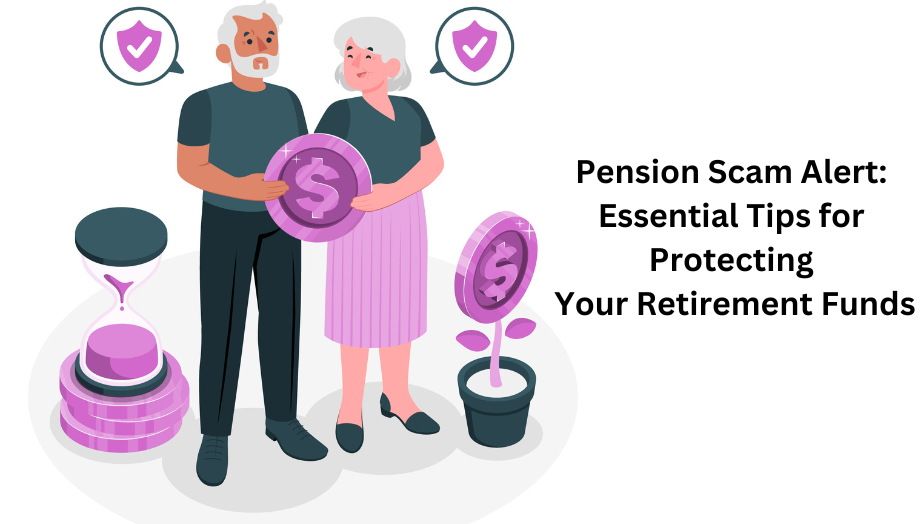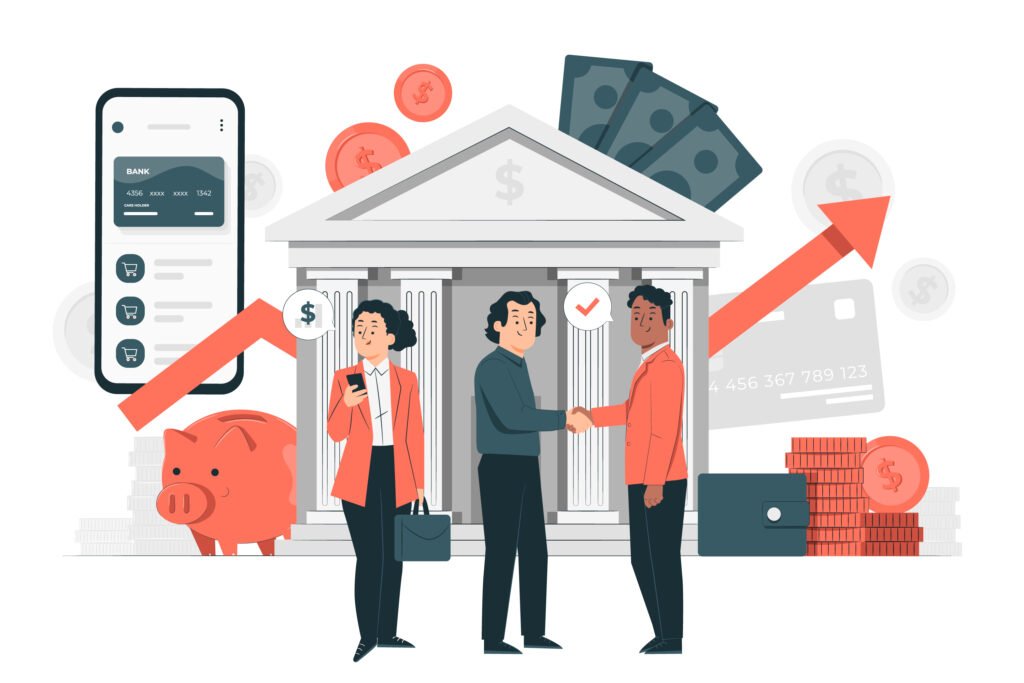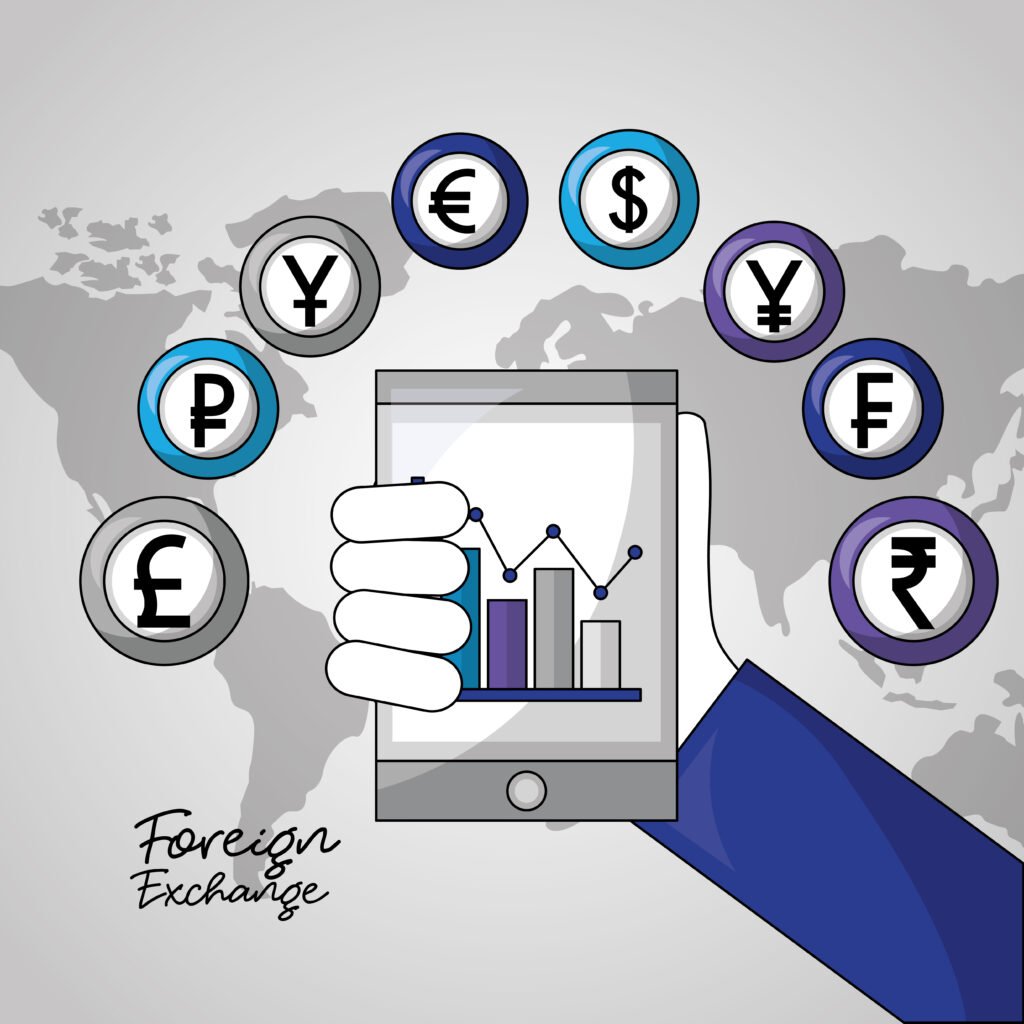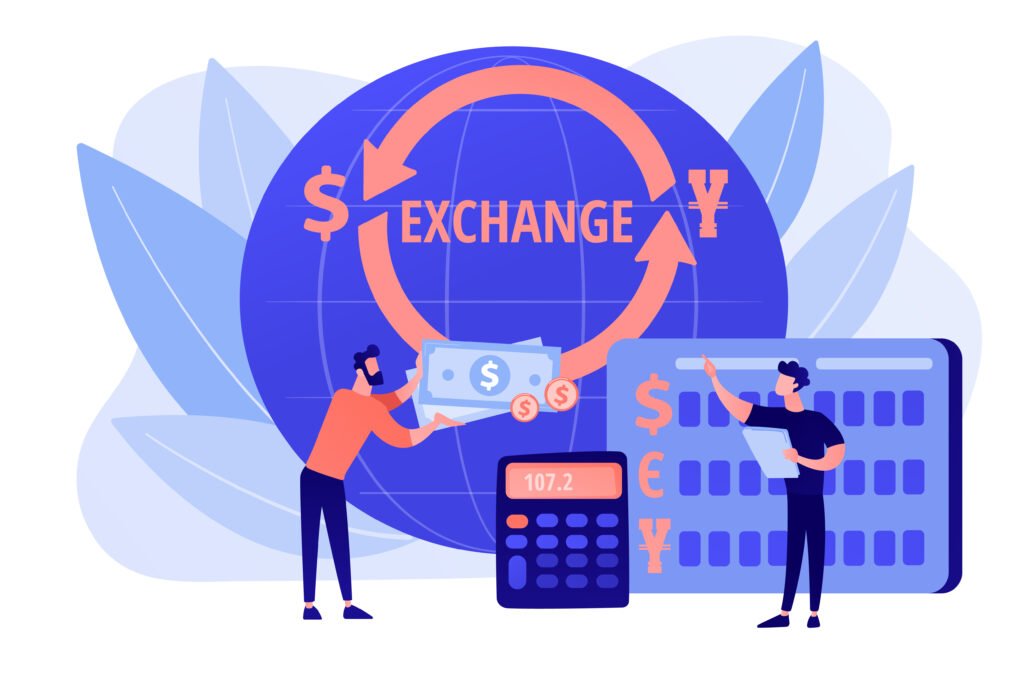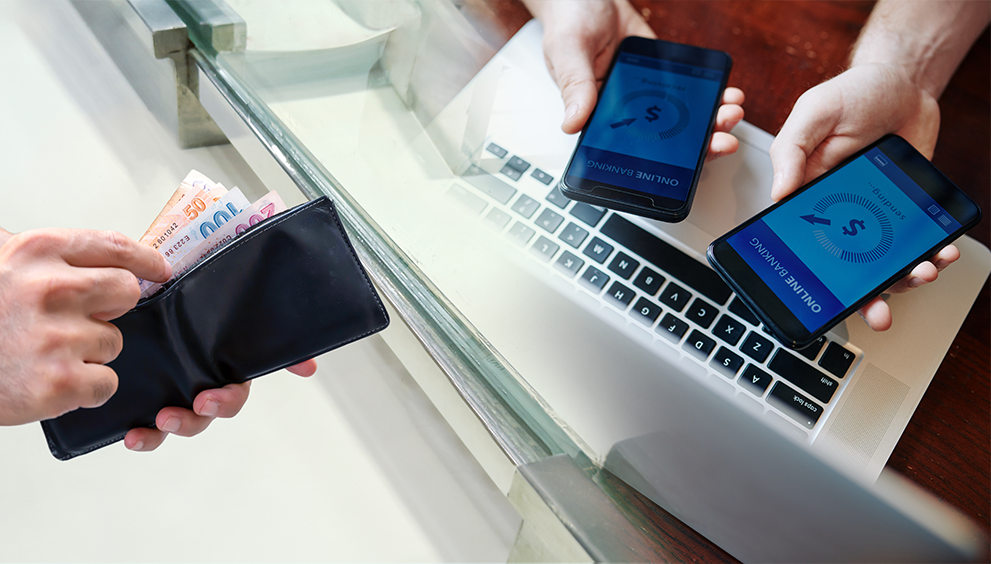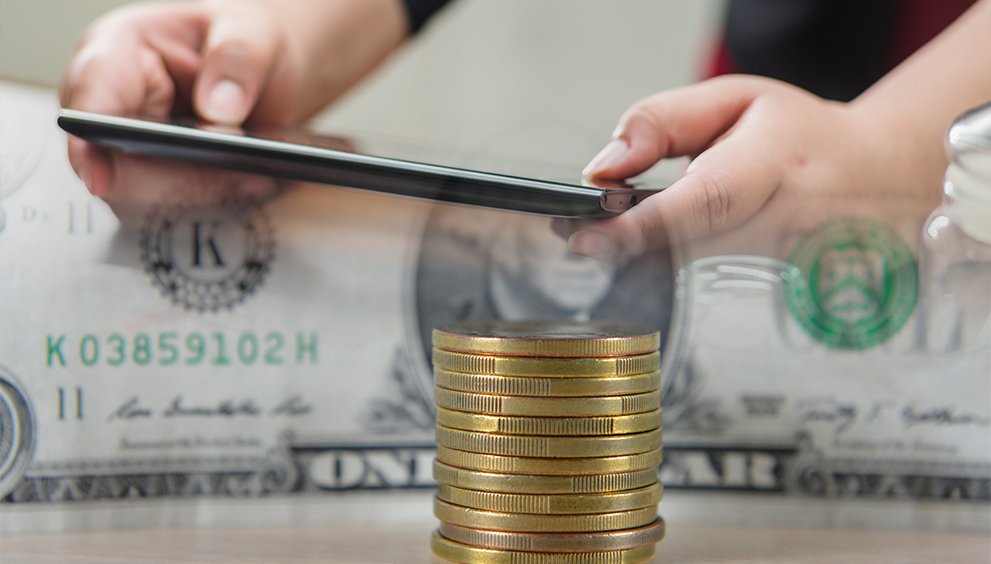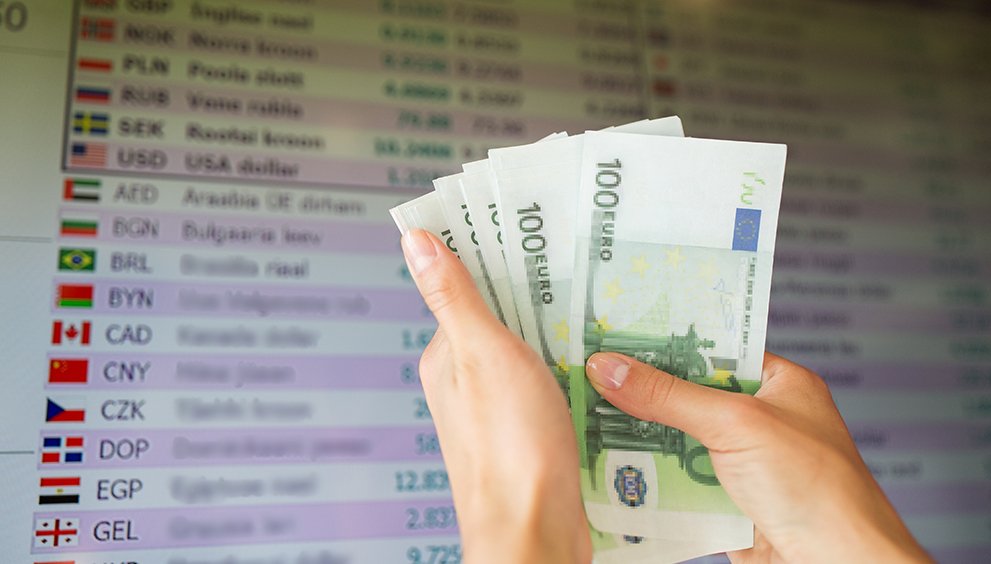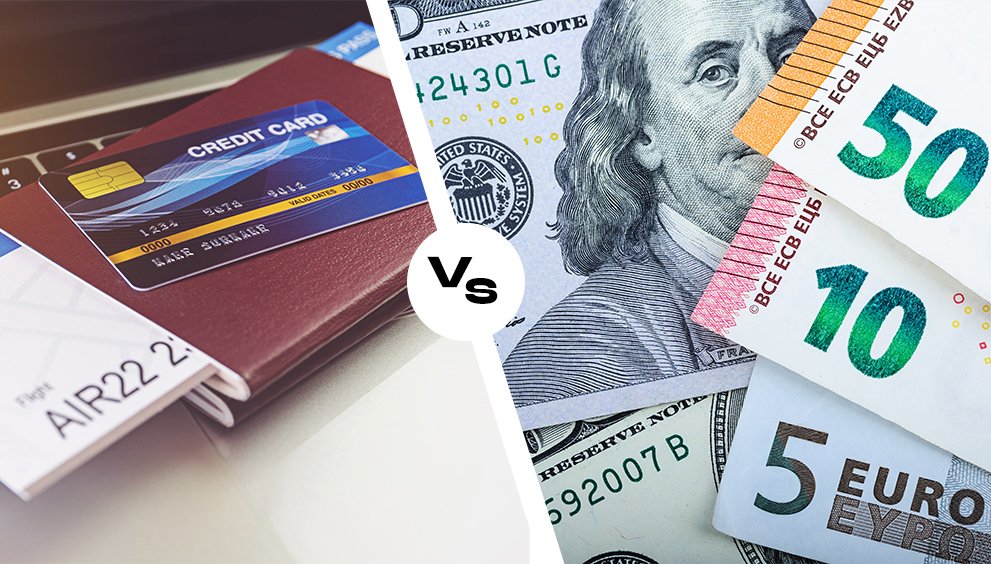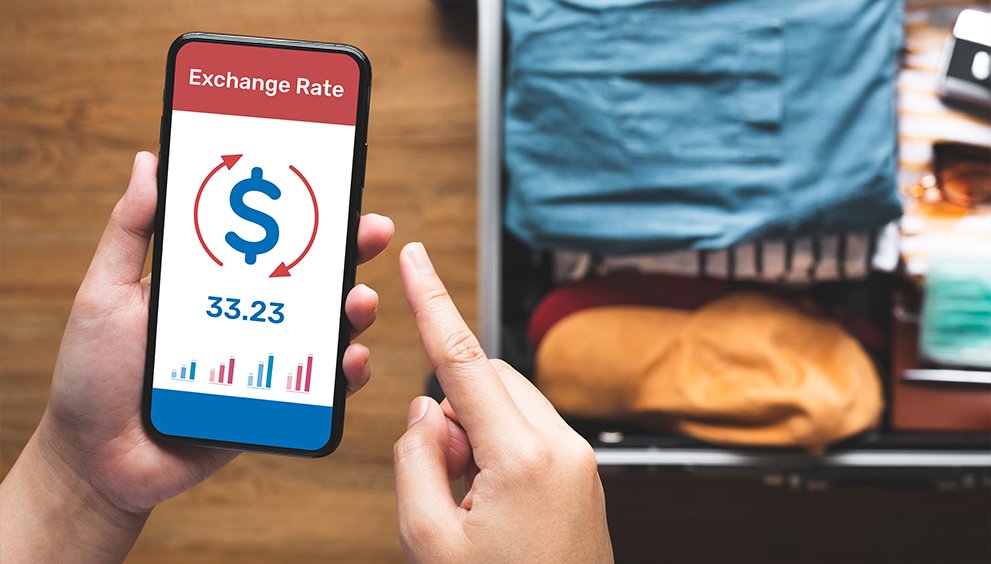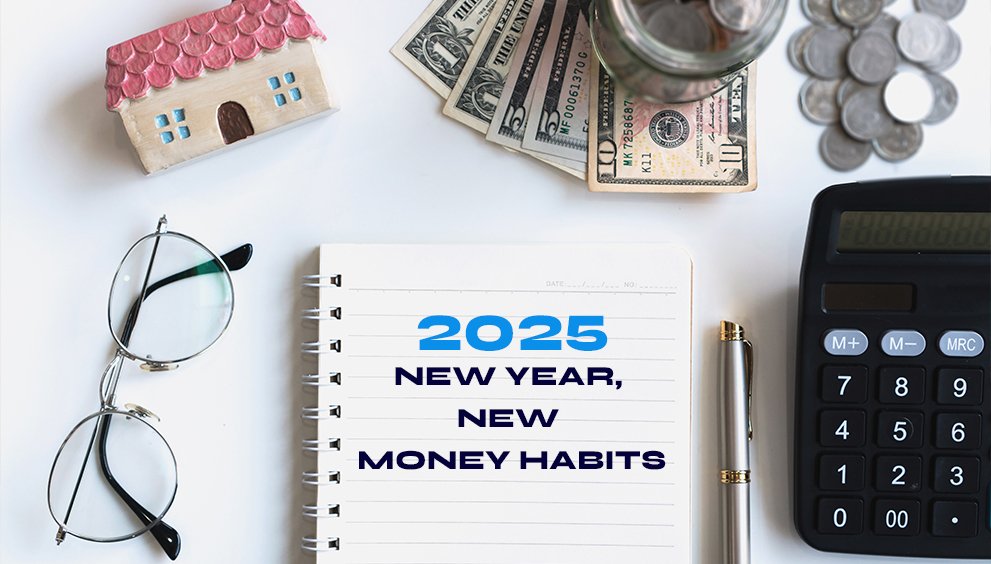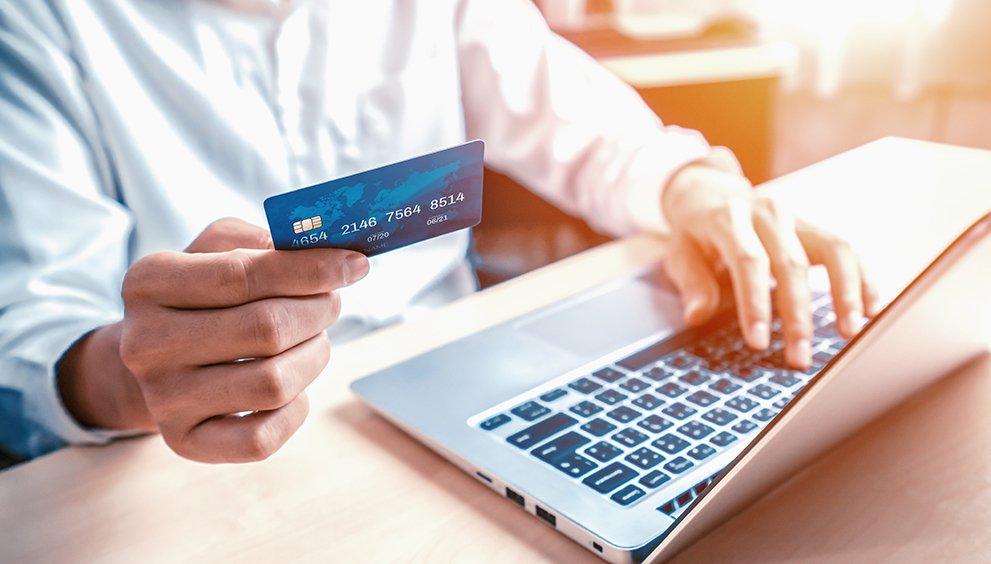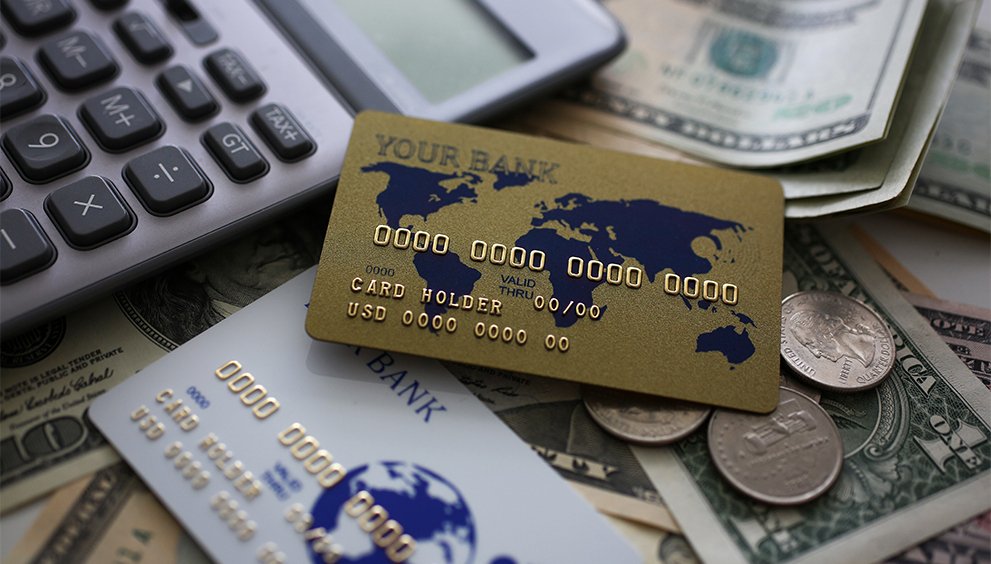How to Stay Safe While Shopping Online

Online shopping offers convenience, variety, and competitive prices, making it a go-to option for many. However, it also comes with risks. Scammers are constantly devising new ways to deceive unsuspecting consumers, turning what should be a simple purchase into a frustrating loss.
Take my friend Sarah, for example. Last holiday season, she found a deal on a high-end smartphone from a website she hadn’t used before. The prices were so good that she ignored her usual caution and made the purchase without checking reviews or verifying the site’s authenticity. A week later, the phone never arrived, and the website had vanished. Sarah lost her money and learned the hard way that not all deals are genuine. Her story is a reminder to stay vigilant and take preventative measures while shopping online. Let’s look at how you can protect yourself.
1). Only visit trustworthy websites
Shopping on trusted and well-known sites can be one of the simplest ways to protect yourself from fraud. Unfortunately, scammers often set up fake websites that mimic real stores to trick unsuspecting customers.
Tips:
- Check the URL: A secure connection is indicated by a padlock icon and a website address that begins with “https.”
- Investigate Little-Known Stores: To verify their authenticity, look for ratings and reviews.
- Steer clear of dubious links: Never click on links in unsolicited emails or advertisements on social media without first checking the source.
2). Watch Out for Offers That Look Too Good to Be True
Scammers often lure in unsuspecting victims with unbelievably low prices on popular items. We all love a great deal, but it’s important to stay cautious!
Tips:
- Examine prices: Verify the product’s cost on several trustworthy websites. It can be a warning indicator if one website has a much lower pricing.
- Enquire about Odd Discounts: Significant discounts below market value are frequently an indication of fraud or fake items.
- Avoid Paying Unverified Sellers Up Front: If a merchant requests payment before presenting proof of legitimacy or stock, proceed with caution.
3.) Safeguard Your Credit Card Details
Scammers often target your payment information, which can be concerning. However, you can reduce your risk of fraud by using secure payment options!
Tips:
- Use secure payment services or credit cards: Compared to debit cards, credit cards provide superior fraud protection. An additional degree of protection is provided by services like PayPal.
- Steer clear of direct bank transfers: In the event of fraud, wire transactions are frequently irreversible and difficult to track down.
- Turn on two-factor verification (2FA): To safeguard payment information, add an additional layer of security to your online accounts.
4). Check the Authenticity of Seller
It’s always a good idea to take a moment and double-check that the seller is legitimate, especially if you’re purchasing from an individual or a marketplace. Your safety matters!
Tips:
- Go over reviews: Examine the platform’s seller reviews and ratings.
- Look Into Listings With Care: Inconsistencies or badly written content in the description could be signs of a hoax.
- Pose queries: Reputable vendors will be open and honest with you and answer your questions.
5). Be cautious about personal information.
Scammers often try to take personal information, not just financial details. It’s really important to keep your data safe!
Tips:
- Avoid oversharing: Provide only the information required for the purchase. Be aware of sites that ask for excessive personal information.
- Check the Privacy Policies: Make sure the site has a clear policy for how your data will be utilised.
- Use strong passwords: Make a unique, complex password for each purchasing account.
6). Use a secure internet connection.
Using public Wi-Fi for shopping can put your information at risk of being intercepted by thieves, so it’s wise to stay cautious and consider safer alternatives.
Tips:
- Avoid public Wi-Fi. Online transactions should take place over a secure, private network.
- Use a VPN. A Virtual Private Network encrypts your connection, making it more difficult for hackers to intercept your data.
7). Monitor your accounts regularly.
Monitoring your accounts regularly can really help you catch any fraudulent activity early on.
Tips:
- Check bank statements: Regularly check transactions for illegal charges.
- Enable alerts: Set up account activity notifications to immediately identify questionable transactions.
- Report Frauds Immediately: Notify your bank or payment provider as soon as you notice an issue.
8). Trust your instincts.
Trusting your gut feelings can be your best ally! If something seems off about a website or vendor, it’s always wise to be a bit cautious and take your time.
Tips:
- Avoid Rushing Decisions: Scammers frequently use urgency to drive victims into responding immediately.
- Double-check unfamiliar sites: Spend a few minutes studying before making a purchase.
- Stay up to date on scams: Learn about the most frequent frauds and tactics to recognise red flags.
Final Thoughts
Shopping online can be safe and enjoyable if you take the right precautions. By sticking to reputable websites, protecting your payment information, and staying alert to potential scams, you can confidently minimise your risk and shop. Remember, a little caution goes a long way in keeping your finances and personal information secure.


 English
English 













